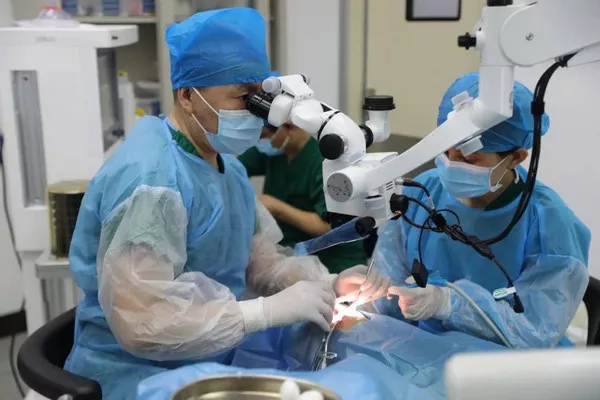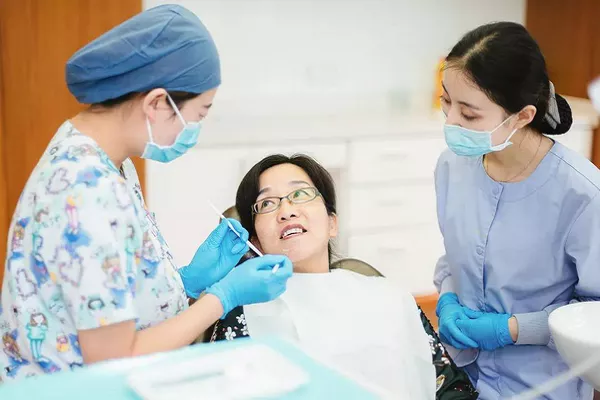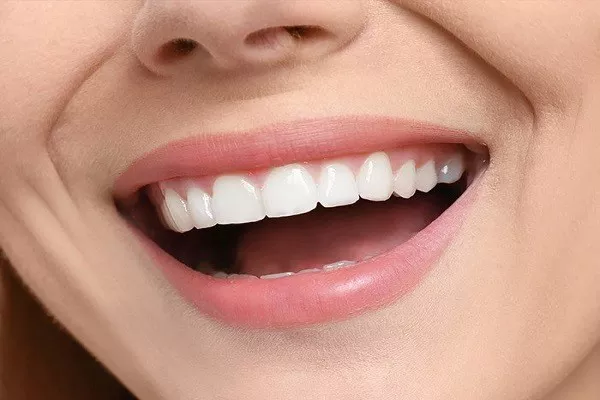Debonding in orthodontics refers to the process of removing orthodontic appliances, such as braces or aligners, from the teeth once the treatment is complete.
When the orthodontic treatment has been successful and the teeth have been moved into their desired positions, the orthodontist will typically schedule a debond appointment.
During this appointment, the orthodontist will carefully remove the brackets, wires, or aligners from the teeth using special instruments. This process is usually painless, although patients may feel some pressure or discomfort as the appliances are removed.
Once the appliances have been removed, the orthodontist will evaluate the final results of the treatment and make any necessary adjustments to ensure that the teeth are properly aligned and functioning correctly.
They may also take impressions of the teeth to create retainers, which are worn after treatment to maintain the new tooth positions.
It’s important to follow the orthodontist’s instructions carefully after debonding to ensure the best possible outcome.
This may include wearing a retainer as instructed, avoiding certain foods, and maintaining good oral hygiene habits.
In summary, debonding in orthodontics refers to the process of removing orthodontic appliances from the teeth once the treatment is complete. This is typically done at a debond appointment, during which the orthodontist will carefully remove the appliances and evaluate the final results of the treatment. Following the orthodontist’s instructions carefully after debonding is important to maintain the new tooth positions and ensure the best possible outcome.





























